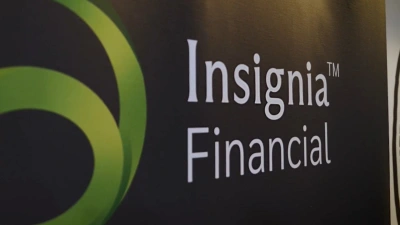Planners use too many systems for client reviews


On average, financial planners use 3.2 separate systems to collect the data required for client reviews, according to Investment Trends.
Speaking at Money Management’s Fintech, Platforms and Wraps conference at the Gold Coast, Investment Trends chief executive, Michael Blomfield, said efficiency issues were standing in the way.
“They have to log in to three different places to get the information together and then they have to compile it – it’s a terribly inefficient non-constructive use of their time,” he said.
“It leads to the planner feeling that the conversation is harder and that the customer doesn’t get a good experience.”
Blomfield also said that planners used platforms for efficiency and that 28 per cent wanted interactive tools within their platform to use in client review meetings.
Money Management conducted a live poll during the conference that found 38 per cent of delegates thought data analytics would be the emerging technology that would dominate the wealth management industry in the next 12 months.
Pointing to the poll, Blomfield said while planners wanted a lot of things, it was not data analytics despite what the rest of the industry thought.
“If we did that same poll with only financial planners, I guarantee you efficiency would be number one,” he said.
The poll placed automation after data analytics at 28 per cent, followed by user friendly mobile apps (20 per cent), and digital or robo-advice (15 per cent).
Blomfield noted that the largest aspect of the advice process that planners wanted to fully automate was statement of advice (SOA)/return on assets build (additional advice) at 39 per cent of planners, as it still took 6.4 hours for a planner to produce an SOA.
This was followed by portfolio rebalance recommendations at 37 per cent, SOA build (new advice) at 36 per cent, and product replacement recommendations at 33 per cent.
He said planners also wanted tools they could use to interact with their clients.
“That’s going to be things like sliders, and ability to say ‘what if, how are we going? Where is my time horizon, am I on course to that, what if I make $100 contributions in super a month?’,” he said.
When Investment Trends asked planners which services and functionality enhancements they wanted to change to their main platform, 50 per cent chose a form of interactive review tools and automation.
Recommended for you
A financial advice firm has been penalised $11 million in the Federal Court for providing ‘cookie cutter advice’ to its clients and breaching conflicted remuneration rules.
Insignia Financial has experienced total quarterly net outflows of $1.8 billion as a result of client rebalancing, while its multi-asset flows halved from the prior quarter.
Prime Financial is looking to shed its “sleeping giant” reputation with larger M&A transactions going forward, having agreed to acquire research firm Lincoln Indicators.
An affiliate of Pinnacle Investment Management has expanded its reach with a London office as the fund manager seeks to grow its overseas distribution into the UK and Europe.














